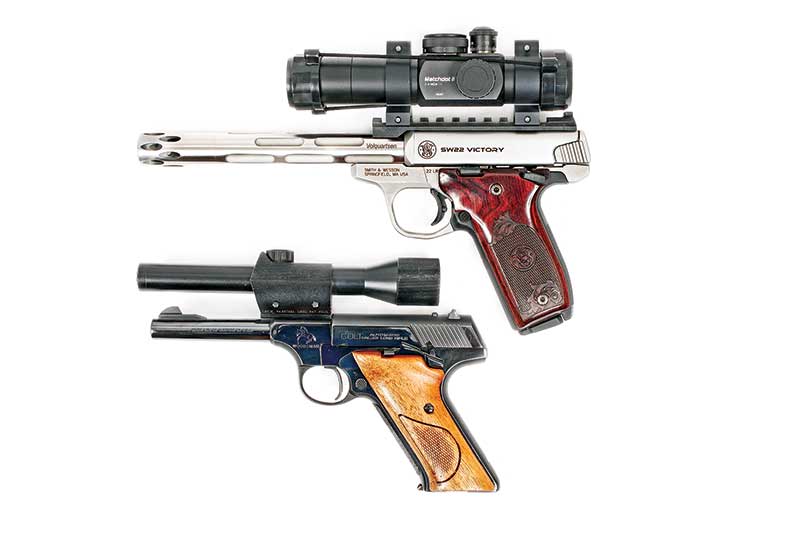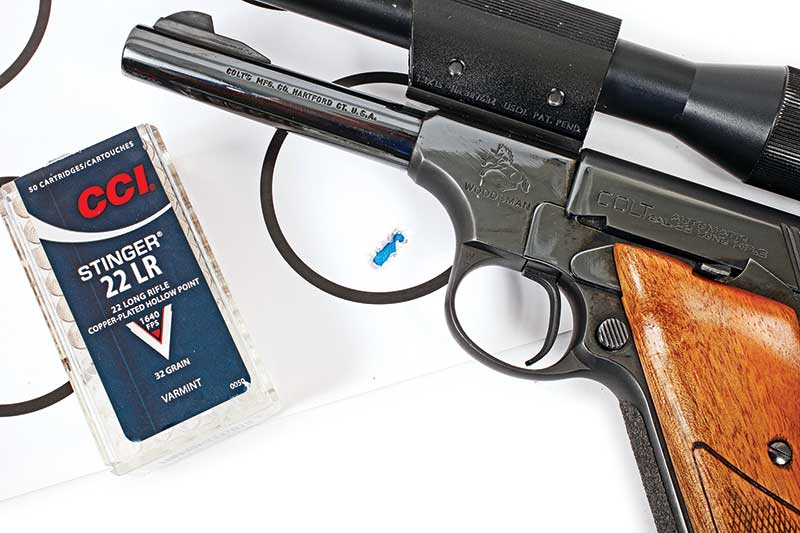This all started typically for me. I walked into a gun store on University Avenue in San Diego about 1980 and there, staring at me from the display case, was a “sorta’ rusty” Second Series Colt Woodsman, which “mostly worked” according to the counter guy. In those pre-internet days his “Colt” book showed it to have been made in the 1949 to 1950 time frame. For a “Hunnert bucks” I owned it.
I had been hankering after a real Colt Woodsman for a long time but most were outside of my pay grade. Sure, Ruger Standard .22 Autos likely did the same job, but they didn’t have the elegant lines of the fabled Woodsman. Besides, all my old Gun Digest books had old guys wearing fedoras taking aim with those early slender Woodsman autos and it all seemed very mysterious. They looked like they knew something I wasn’t privy to. But now I’d find out, wouldn’t I?
Thanks to Numrich Arms, I soon had a new firing pin and found the Colt shot just fine. The rifling was clean and sharp and it seemed to run well. Accuracy was also excellent with my then-young eyes. But the light pitting and patina just didn’t set right to me so after much slow work with wet-or-dry paper and even a fine file at times, it was looking pretty good in the white. A local gunshop handled a re-blue — $49 since I had done all the hard work — and the result is what you see in the pics. While not that lovely early Colt blue, it got the job done and I had a “real” Woodsman. While not as rakish as the early ones having the pencil barrel, it was still fun to own and shoot.
Years Passed
Around 1986 the Colt was on my work bench and by an odd coincidence, so was a very early Bushnell Phantom scope. That was the 1.5 power scope which, when you looked through it, always seemed to make the target seem smaller than real life. I once had an optics engineer explain it to me but it still didn’t make any sense, so I just nodded like I was understanding him, then trundled off still confused. I still don’t understand how a 1.5x “magnification” makes things smaller.
Nonetheless, smaller or not, I started to eyeball that scope, then the Colt sitting nearby, then the scope, then the Colt — this going on for some time. I even held the scope up to the top of the gun and it sorta’ looked right. I dug into my “scope bits” box and found a rail from an early TC Contender which the scope’s integral mount would fit on.
Then I eyed my bench-top milling machine — and an idea was born.
“Bein’ since” — as they say here in Missouri — this wasn’t a collectible Colt I figured installing the scope on it wouldn’t hurt a thing and just might be pretty darn fun to boot. With no small amount of eye-balling involved, some breath-holding while I drilled into the top of the Colt and one broken tap as I recall, it went together. Much to my surprise and delight, the cross-hairs were even straight. That was a good thing as the scope can’t be rotated in the mount.
Did it work? In spades, as they say.
I shot a zillion rounds out of this combo and it chased no-end of Southern California jack rabbits, Necco Wafer targets (remember those?) and counted plinking adventures in the thousands. I remember at the time being able to keep pretty much ragged, one-hole groups at 25 yards with the right ammo. It was a deadly combo and I’ve never seen one like it since. Today, it’s easy to scope a .22 pistol, and my S&W Victory .22 in the picture is sort of a modern version of what I did 33 years ago — but the Woodsman still rocks, if you ask me.
When I saw it in my safe not long ago I dug it out and put it to work. It’d been years since I had shot it last. I found it was glitchy though, failing to engage the sear sometimes, and even doubling now and again. Hmmm …
I dug into it and guessed the sear spring had taken a set or weakened some — hey, 70 years is a long time — so tuned it up a bit, re-shaping and re-tempering it. After the install, all ran just fine again. I went ahead and put in a new hammer spring and recoil spring while I was at it too. A good lesson here if your Woodsman is doing the same thing — it’s likely the sear spring is not engaging the sear reliably.
My target shooting afterward revealed the old girl still shoots. That ragged one hole, 5-shot group at 25 yards was done with CCI Stinger ammo, of all things! It was the best at that range. One group with CCI Mini-Mag HP at 40 yards measured about 1.25″. Nothing went over 1″ at 25 yards. I don’t care who you are, that sort of performance out of a 70-year-old gun with a 50-year-old scope and 65-year-old trigger-man is amazing — and great fun. If all this sounds interesting, dig up a beater Ruger Standard Auto, or old Browning Buckmark .22 and go to work. Let me know how it goes if you do it.
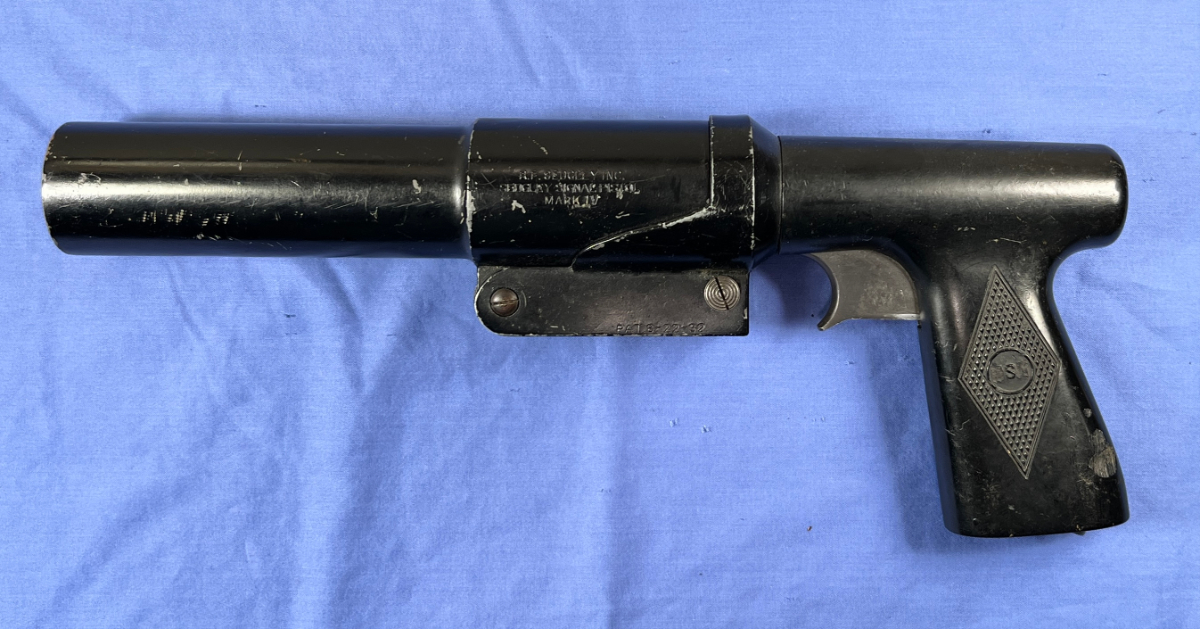
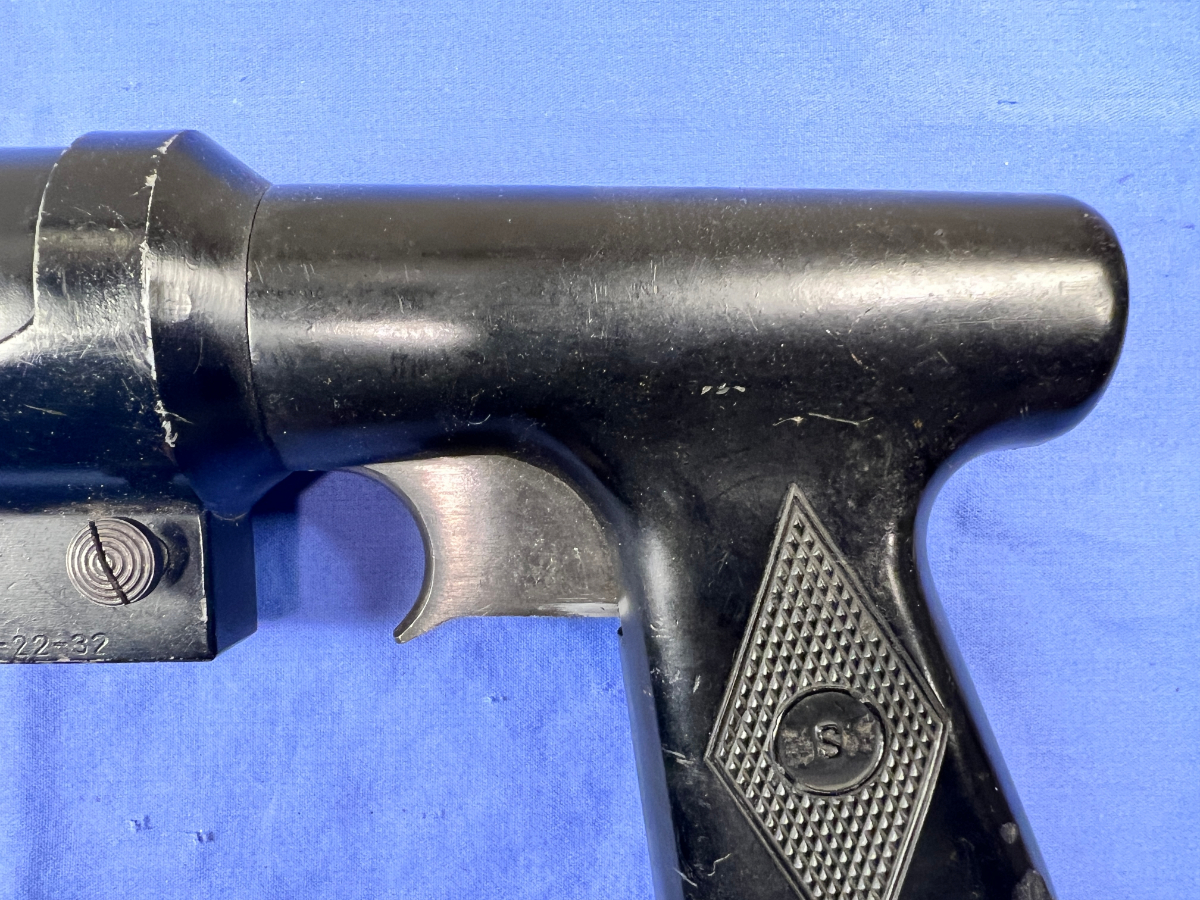
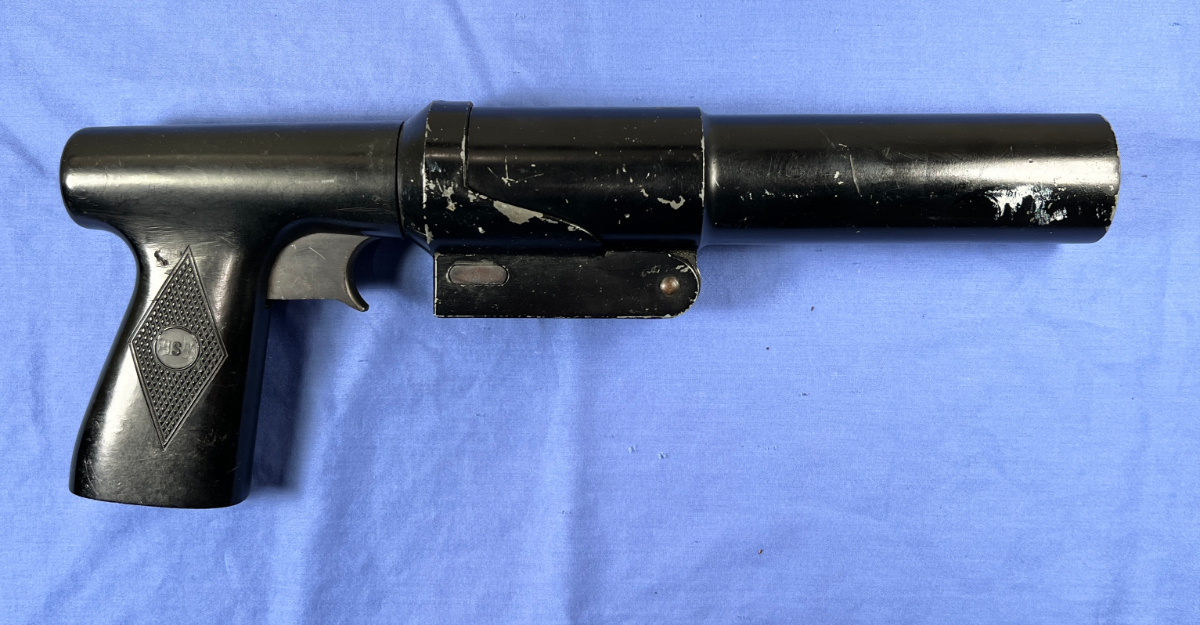
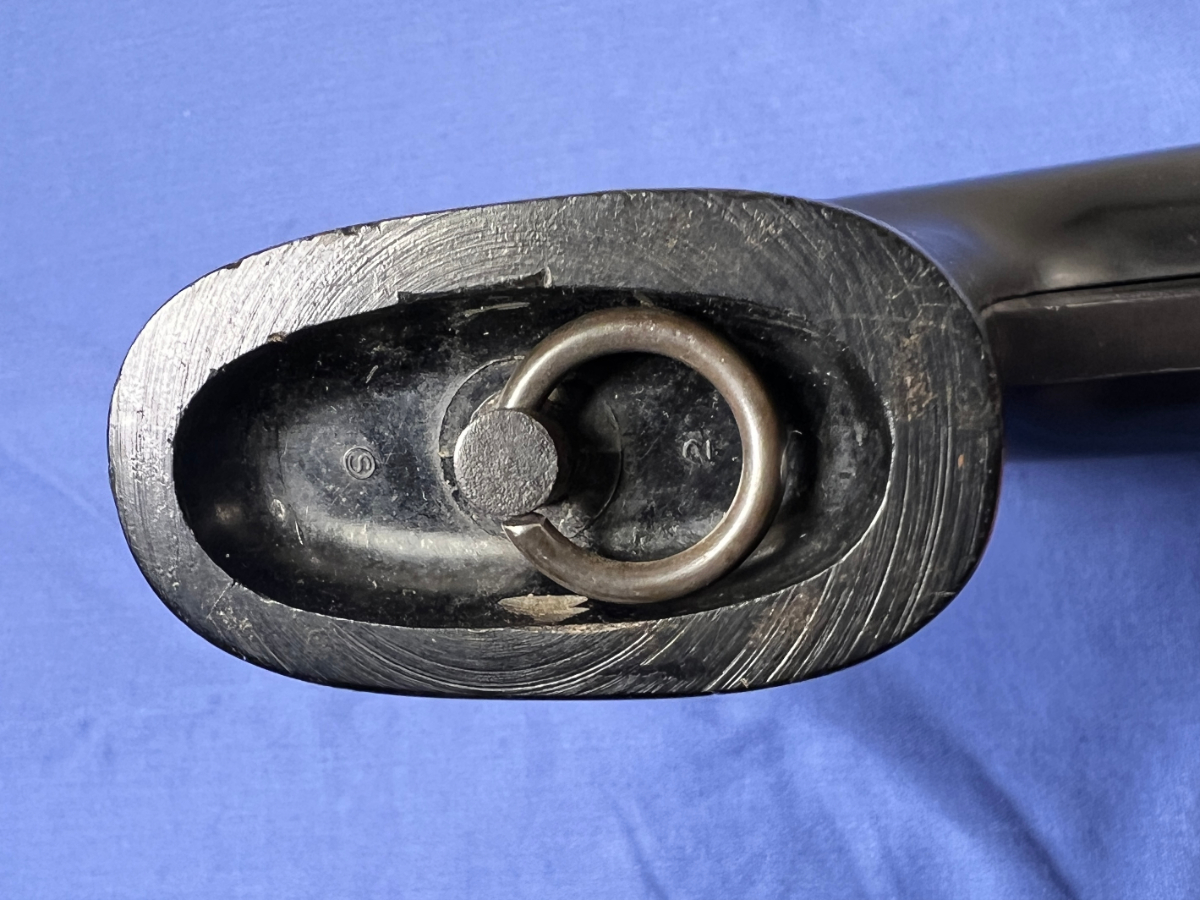
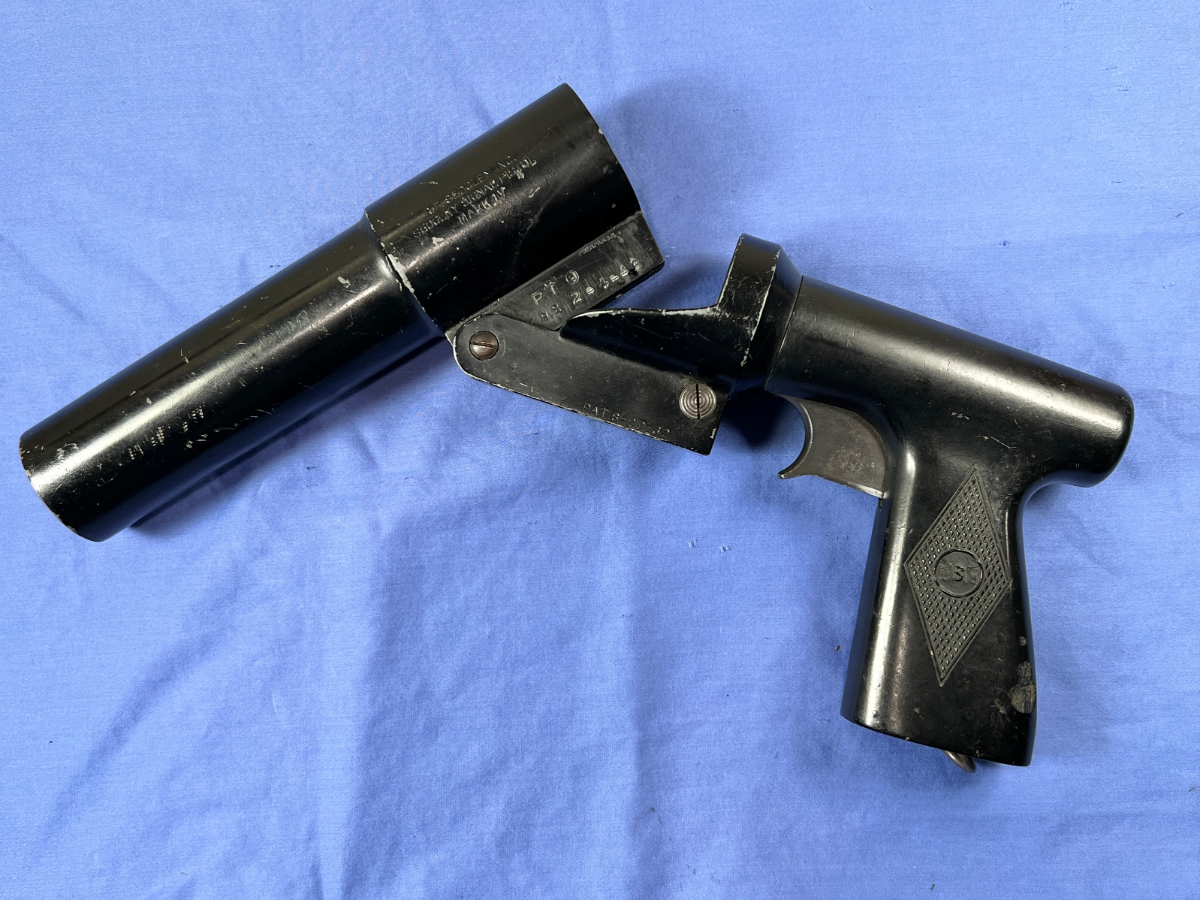
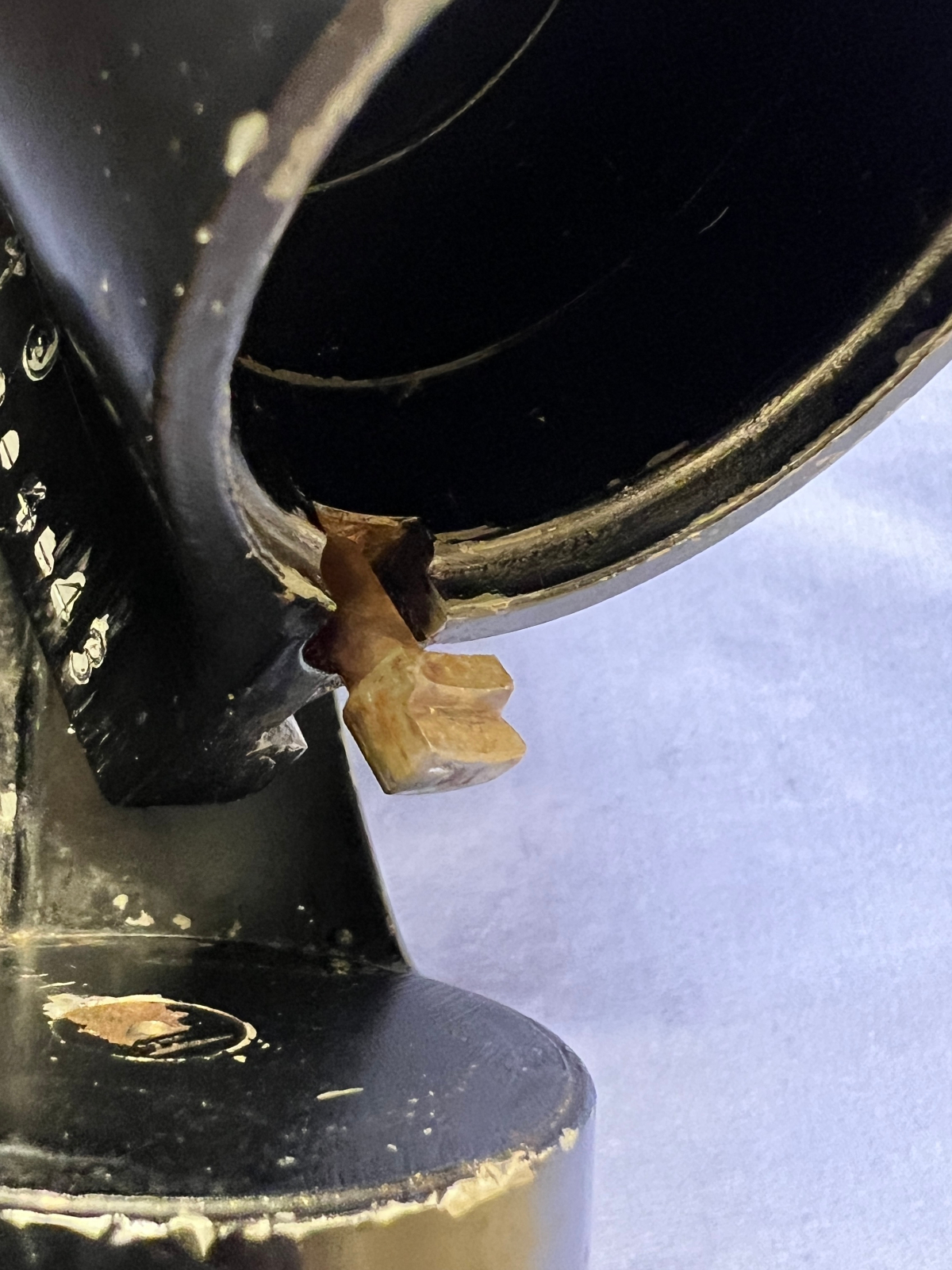
A Winchester Model 71 .348 WCF

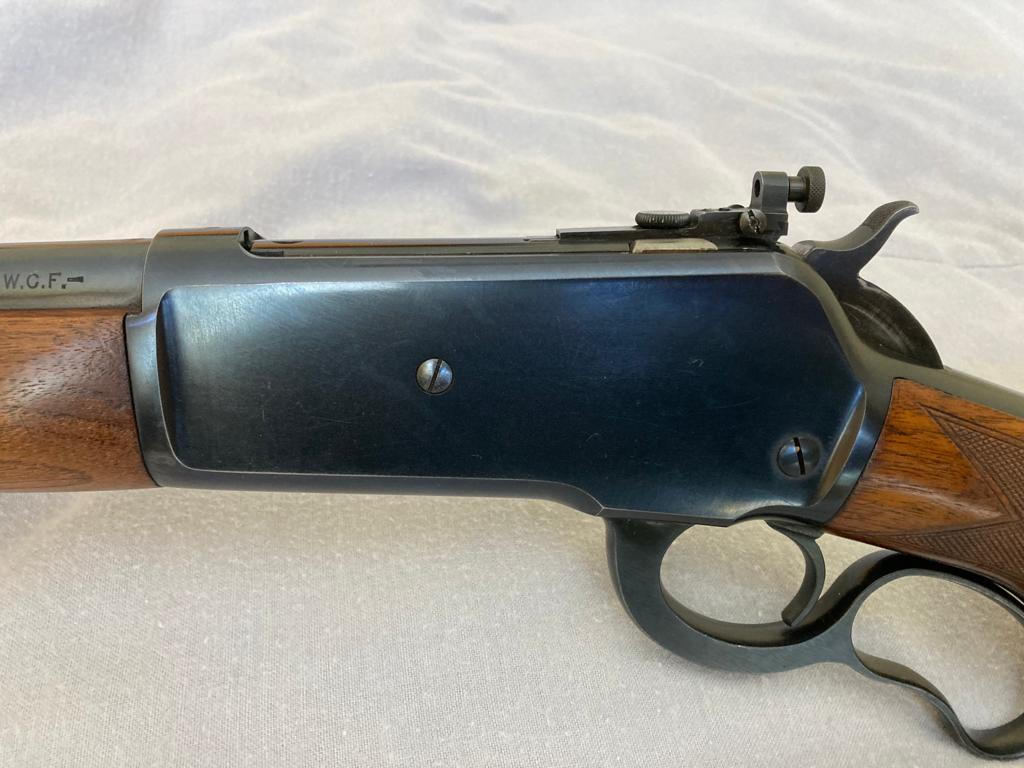
Nice huh?
Who says that Art is boring?




None of the Old West characters has ever received as much publicity as the young outlaw from New Mexico that we have come to know as Billy the Kid. Over the years, numerous books have purported to tell his true life story.
A whole raft of western movies has featured him as a main character. And somewhere in the midst of all of that, Billy the Kid has taken on the persona of the good guy/bad guy that rivals England’s Robin Hood. Unfortunately, more untruths have been written about Billy the Kid than just about any other character of the Old West.

I’ve lived in close proximity to New Mexico for all of my life. I enjoy the rich history and local color of the state, and I have been a life-long student of all things having to do with Billy the Kid. Here are just some of the true facts that I’ve been able to dig up along the way.
As legend has it, Billy the Kid was born in New York, he was 21 years old when Sheriff Pat Garrett shot him to death, and he had killed 21 men during his rowdy life. I’ll get to the 21 men in just a bit, but first here’s a glimpse of Billy the Kid as he really was.
In June of 1880, in Fort Sumner, New Mexico Territory, Billy told a census taker that he had been born in Missouri and that both of his parents had also been born in Missouri.
He also told the same census taker that he was 25 years old at that time. Since then, no one has ever come up with any concrete facts to refute Billy’s simple statement. And no one has come up with a good reason why he would have been lying. The business of dying when he was 21 appears to have been based upon mere rumor and conjecture.
Popular myths also tell us that Billy’s real name was William Bonney. The facts irrefutably show that his true name was Henry McCarty. In about 1873, Henry’s mother and his stepfather, William Antrim, moved to Silver City, New Mexico.
Later, after his mother died, Billy ran away to Arizona Territory and began to go by the name of Kid Antrim. When he finally left Arizona and came back to New Mexico, he was using the name William Bonney. Although some conjecture exits, there is really no way of knowing why he used that alias. It may have been to avoid being arrested for killing Frank Cahill near Camp Grant, Arizona, in 1877.
Legend further informs us that Billy the Kid killed 21 men during his career and had sworn that Sheriff Garrett would be number 22. The known facts reveal a different picture.
Billy is known to have been in a constable’s posse when they captured and then executed three men who were believed to have been responsible for the death of Billy’s employer, J.H. Tunstall. In the same year, 1878, Billy was also in a group that rode into Lincoln, New Mexico, and ambushed a group of lawmen, killing Sheriff William Brady and George Hindman.
It is not known if Billy actually killed either man. However, as a court of law would quickly point out, he was there and undoubtedly did some shooting. It is known that Billy was present throughout the Lincoln County War when the two factions fired on each other. However, to hang a specific killing on Billy the Kid was virtually impossible, even though he was later tried and convicted of killing Sheriff Brady.
In 1880, Billy was back in Fort Sumner, and the Lincoln County War had about run its course. One evening Billy ran into a fellow named Joe Grant, who some believe had been hired by the Chisums to kill the Kid. After talking to Grant, Billy turned to leave the saloon only to hear Grant’s gun snap on a defective cartridge or an empty chamber. Billy turned and shot Grant to death.
In 1881, Billy had been captured by Garrett and was convicted of the murder of Sheriff Brady. He was placed in the Lincoln County Jail to await the day of his execution. On April 21, 1881, while Sheriff Garrett was out of town, Billy convinced Jailer J.W. Bell to escort him to the outhouse. Somehow Billy got hold of a handgun and shot Bell to death as they went back into the building that served as the county’s courthouse and jail. Billy immediately rushed up to the gunroom and grabbed a shotgun, which he used to kill Deputy Bob Olinger as Olinger rushed towards the building to see what the shooting was all about.
So, we can document four killings by Billy the Kid–Cahill, Grant, Bell, and Olinger. And due to the Kid’s involvement in the Lincoln County War, let’s credit him with a couple more killings that we’re not sure of. One historian suggests that there might even be five more killings that involved the Kid. Regardless, nine killings is a long way from the legendary 21. But it’s probably a lot closer to the truth.
Another persistent Billy the Kid legend is that he was left-handed. The source of this fable is an old photo of Billy that shows him standing with a sixgun on his left hip and a rifle in his hand. But this particular photo has never fooled gun buffs.
Glancing at the rifle, one quickly can see that the rifle’s loading gate is on the left side of the gun instead of its usual place on the right side of the receiver. This clearly shows that the photo is from an old tintype that used a reversed image, and someone simply forgot to turn it around.
According to several movies and stories, the Kid is also supposed to have favored the Colt Model 1877 double-action revolver in .41 Long Colt. Again, looking at the photo of Billy, it’s clear that he’s packing a single-action revolver–probably a Colt Single Action Army–but he may have been carrying a Colt Lightning when he was killed.
On the night of July 14, 1881, Billy walked in to Pete Maxwell’s bedroom at Maxwell’s house in Fort Sumner, New Mexico. Too late, he realized that Maxwell was not alone in the room. Unfortunately for Billy, Maxwell’s guest was Sheriff Garrett. It was the same Sheriff Garrett, in fact, who immediately fired two shots from his .44-40 ColtSingle Action Army, one of which hit the Kid in the chest and killed him almost instantly.
Some historians believe that Billy did not have a gun with him when he was shot to death. Afterwards, they suggest that Garrett, or one of his two posse men, obtained the Colt DA and put it on the floor beside Billy to avoid criticism. Regardless, they all agree that Billy was holding a butcher knife in his other hand. When the rumor got out that the Kid didn’t have a gun on him, Garrett received a good deal of criticism.
As a former lawman, I find that sort of criticism to be ludicrous. Billy had just escaped from Garrett’s jail. He had just murdered two of Garrett’s deputies. And he had presented himself in Garrett’s proximity armed with a knife. In police jargon, the Kid was “bought and paid for.” The coroner’s inquest took the same position.
Without a doubt, the legend of Billy the Kid will continue to grow. Legends, rumors, and folk tales are like that. But it’s still interesting to have a look at some of the real facts about an interesting part of our Western history. I enjoy that, and I hope you do too.
